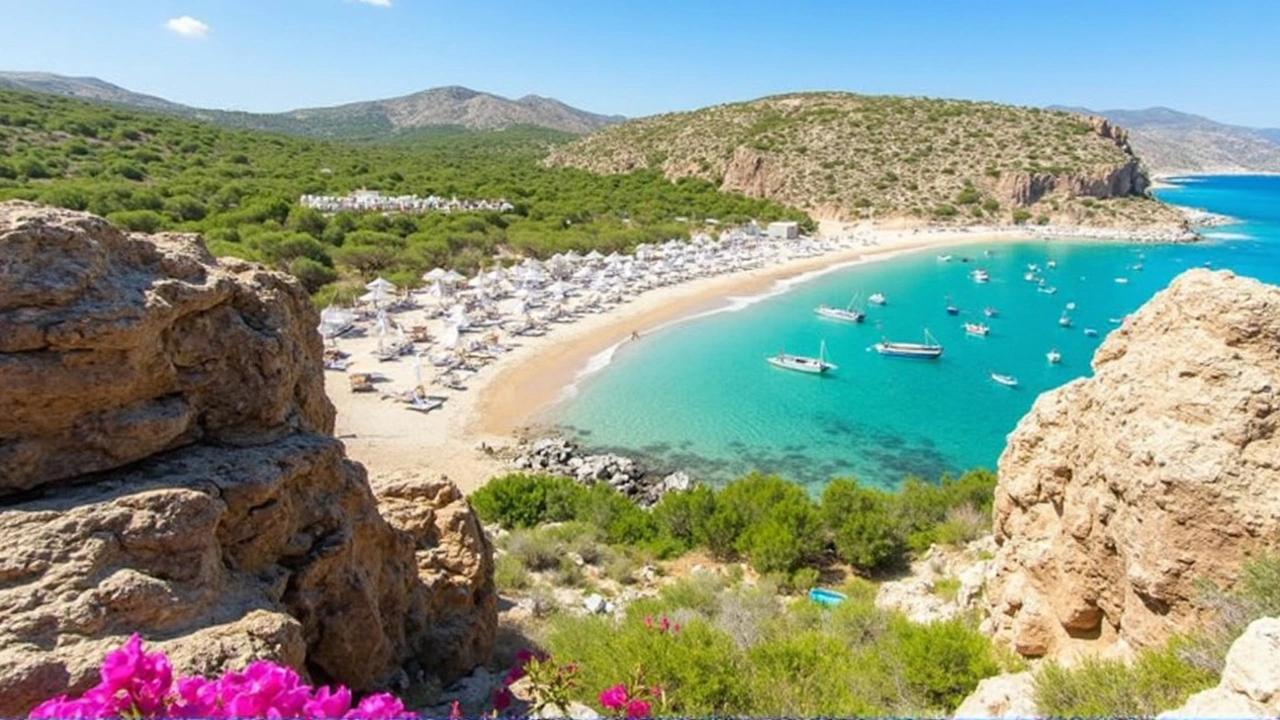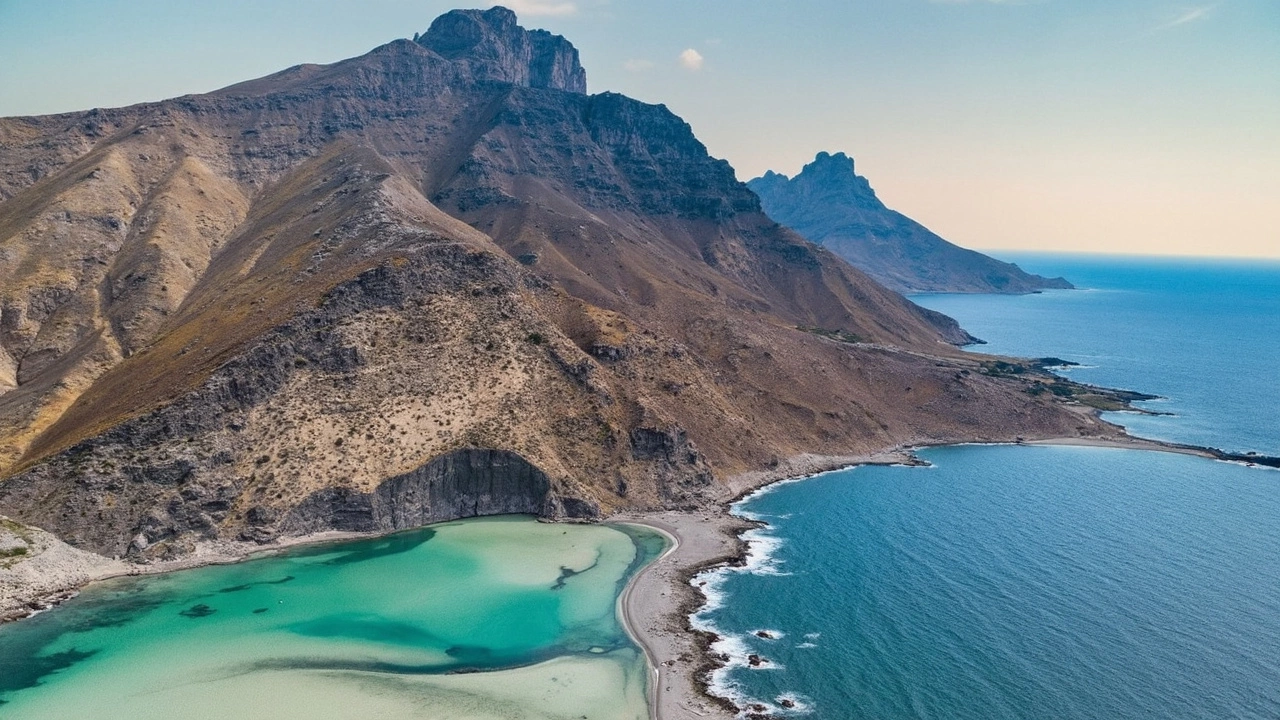Powerful Quake Rattles Crete, Sends Shockwaves through Southern Greece
On May 22, 2025, a magnitude 6.1 earthquake hit just off the northeast coast of Crete, jolting the island and sending ripples of concern through southern Greece. The seismic event occurred about 77 kilometers from Crete and struck at a depth of 77 kilometers, according to the German Research Center for Geosciences. People from Crete to distant shores in Turkey and even North Africa reported feeling the earth move. The tremors set off a rapid response from authorities, who quickly issued a tsunami warning for coastal areas that could be in harm’s way.
The shake-up didn’t end with the initial quake. Aftershocks continued throughout the day, keeping nerves frayed and rescue teams on alert. Local officials, taking no chances, jumped into action to warn both residents and the flood of tourists who fill Crete at this time of year. Coastal towns like Kásos and Karpathos, along with stretches of southern Crete, were placed under alert. People received instructions to move away from the water, get to higher ground, and wait for further updates.

Tourist Hotspots Closed, But Major Damage Averted
Crete is famous for its tourist attractions, especially the Samaria and Imbros gorges, which are usually packed with hikers and nature lovers during the spring. This time, officials closed these sites as a safety measure, not knowing if more shaking or a possible tsunami could follow. Local authorities sounded sirens and spread the word through alerts and local media, racing to clear out vulnerable spots before anything worse could happen.
Fortunately, things could have been much worse. There were no reports of injuries or significant property damage. Local seismologist Gerasimos Papadopoulos explained that the quake’s relatively deep origin and enough distance from the island itself helped soften the blow. That little bit of luck kept buildings safe and averted the chaos that a shallower quake might have caused.
Agencies like the European-Mediterranean Seismological Centre worked behind the scenes, evaluating how much of a tsunami threat was out there. They broke down risks by region—deciding whether the danger was just for Greece, or if neighboring coasts needed to prepare too. Within hours, Greek officials started reassuring the public that the risk of a tsunami was low, though they kept alerts active just in case. Authorities made it clear: aftershocks were still possible, and people needed to keep paying attention.
Folks in other countries felt the shake as well. In parts of western Turkey, social media lit up with messages describing the surprise tremor, and even in North Africa some cities reported mild shaking. This underscores how Crete sits right on a seismological fault line, with a long history of big earthquakes. The island is used to life rumbling beneath its feet, but events like this are a sharp reminder that nature never really goes quiet here.
With everyone on alert, emergency services promised to keep watch through the night and following days. People were urged not to return to the beaches or closed tourist spots until authorities gave the all-clear. Meanwhile, many local shops and businesses in the most affected areas paused operations, waiting to see if the earth would settle down once again.




